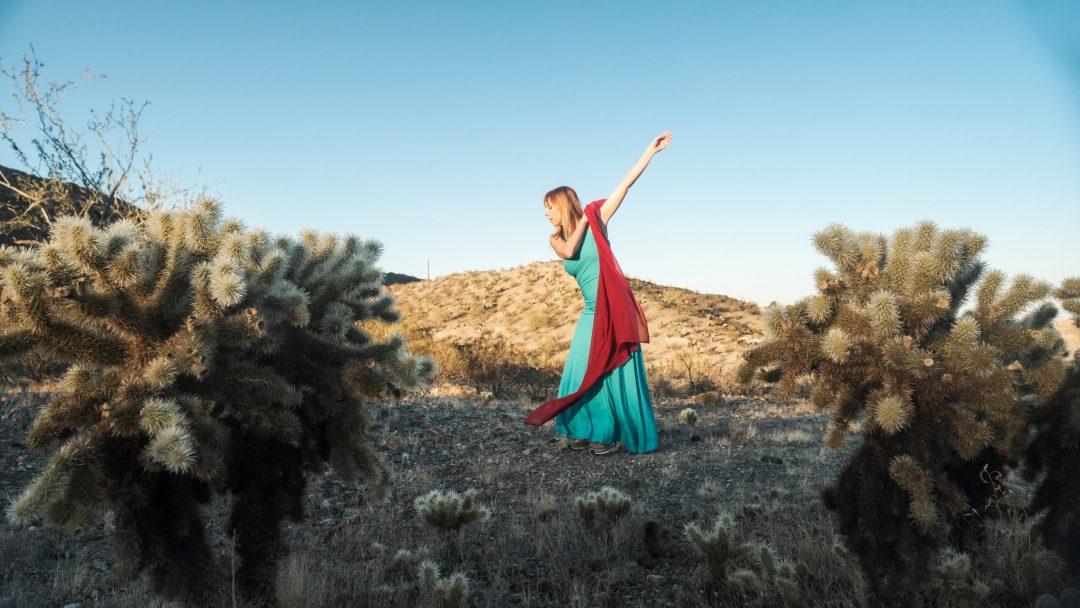“How do we know what we know?”
Artists answer, “We feel it, we sense it.”
The naysayers try us, “How can artists know what they know? There is no hard evidence. Besides that, art programs in our schools bring no direct benefit. All kids do is play. Why would we guide our students to waste their academic talent on things such as writing songs, painting portraits, or dancing? Their chances of success are so slim. Besides, artists develop on their own. They don’t need real training. It’s all instinct. We would be better off preparing them for real careers in medicine or law. Why would we spend our tax dollars toward this?”
Why wouldn’t we? Arts education is a safe investment. Despite any objections, encouraging our kids to become active, involving them with others in positive ways, and enhancing their creative problem solving skills are smart budgeting options. When we think long term, arts education can address many of our society’s greatest woes, from childhood obesity to the demand for workers with more collaborative skills. Qualified teaching artists and many certified public school educators are prepared to train the next generation in the arts, and to build legions of culturally literate, out-of-the-box thinkers. In the afterword of his book, A Whole New Mind, Daniel Pink offers three questions to guide us into a new era, the Conceptual Age, “1. Can someone overseas do it cheaper? 2. Can a computer do it faster? 3. Am I offering something that satisfies the nonmaterial, transcendent desires of an abundant age?” Pink asserts that individuals and organizations who focus on these questions will find ways to forge ahead.
Providing arts programs and well-trained arts educators in our nation’s schools will affect the quality of kids’ lives in the future. Consider this: to create art, students engage in a subjective process of personal expression, but they also use logic, reasoning, observation, and reflection as they plan how they will transmit that expression to others. Training in the arts requires students to gain mastery of skills with a particular medium or instrument and engage in processes to make new works of art. Students determine what they desire to communicate or express, practice specialized skills, coordinate their efforts with others, revise and memorize their work, present it to an audience, and garner feedback so they may begin the process all over again. In most professions these days, individuals are expected to demonstrate many, if not all of these skills.
Rather than eliciting limited right or wrong answers, the arts offer students increased opportunities to decide upon the truth of their own experiences and to build their inner visions. Arts education invites playful experimentation through safe, brain-friendly structures, while valuing knowledge that arrives to us through sound, movement, and pictures. Education in the arts most certainly offers valid pathways toward learning.
Who are these naysayers who believe it is a waste of time to keep the arts in schools? Is anyone truly so limited in their thinking to support the complete, nearly irreversible banishment of the arts from our schools and our communities? Verbal and logical intelligences may be the simplest to test in mass numbers, but all students should be allowed to explore meaning through the arts. Certainly, our gifted young artists deserve access to programs that will build their skills too, no matter what their geographical location or socioeconomic status might be.
During this recession, financial support for the arts and arts education has been drying up. Here in Arizona, the Arizona Commission on the Arts has seen the evaporation of an endowment fund while additional funding has been severely slashed. Citizens now wait to see if a sales tax increase will be approved by the Arizona State Legislature, which would modify expected cuts to education. Along with undesirable consequences such as consolidating schools and increasing the student to teacher ratio, arts programs are under threat as perhaps never before.
The arts enliven our reality by reflecting our lives. They help us communicate and cherish what is special about our cultures. The presence of the arts in our schools moves us toward a peaceful and productive future. Artists are not just figures in a budget; we are fixtures in people’s everyday lives. We make a difference to real people. Artistic expression will emerge no matter how much funding is slashed by legislators at the state and local level. However, we should investigate how kids will fare when artists in their communities are gone and art educators have sought work elsewhere. The results of this research may prove sufficiently troubling to call elimination of the arts into question. Please take an active stance to support the arts and arts education in your community. Be a fan, be a volunteer, or be an advocate. The engine of our imaginations gives us the power to do great things, but let’s also remember how small steps can contribute toward the greater good.
